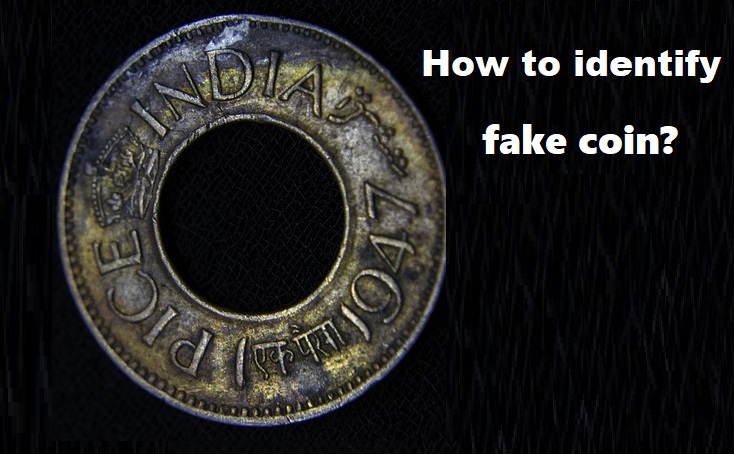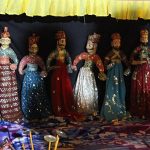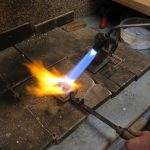
The Jaipur Spices Festival showcases an impressive variety of spices and spice blends that are integral to Indian cuisine. Visitors can explore a myriad of flavors and aromas, from the warmth of cumin and coriander to the fiery heat of red chili powder and the fragrances of cumin, coriander, turmeric, cloves, cardamom.




